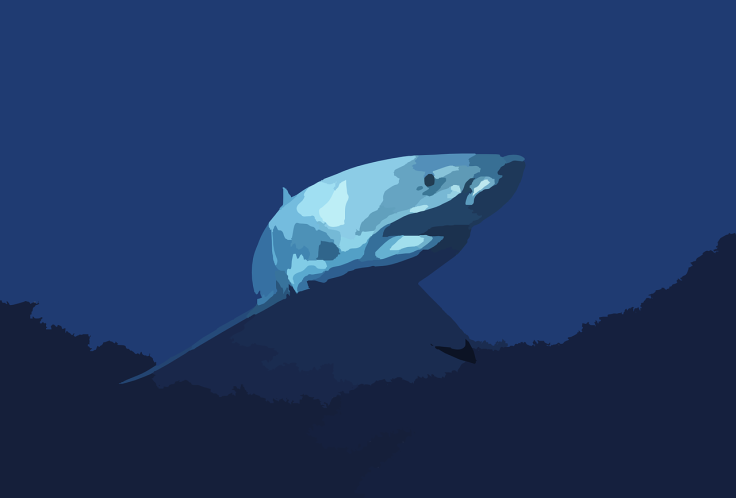385-Million-Year-Old Shark Is Related To Humans, Evolution Shows

A shark fossil that dates back 385 million years shows scientists how the sea creatures are related to humans and where in the history of evolution our species broke off from them.
The last common ancestor between sharks and humans lived a little earlier than their dead specimen — about 440 million years ago, according to a study in the journal Proceedings of the Royal Society B.
That fossil belonged to a species called Gladbachus adentatus from the middle of the Devonian geological period, which ran from about 420 million to 360 million years ago. Only one of these extinct sharks has ever been found.
The common ancestor, on the other hand, would have made its home during the previous period, called the Silurian.
The scientists in this study were re-examining the fossil, which was discovered in Germany in 2001. Their work included a CT scan of the specimen, which gave them images of the interiors of the bones. That information improved their understanding of both this particular shark’s anatomy as well as of the evolution of sharks in general.
The shark species got its name “adentatus,” which references a lack of teeth, from early examinations of the creature during which its researchers did not see teeth, according to a report on the research.

However, the new investigation showed it was actually full of teeth of various sizes.
It’s not the first time CT scans have revealed new information about old fossils, particularly regarding their teeth — earlier this year another team reported finding new teeth in a 167-million-year-old megalosaurus dinosaur that had been discovered about two centuries ago. Those teeth were hidden in the jawbone, so scientists using the technology of the early 1800s to examine the fossil had missed them.
The X-ray information collected during a CT scan is reconstructed into 3D images that show scientists the interior of a structure without them having to rip it open or otherwise destroy it.
In the case of the shark that was previously believed to be toothless, the CT scans and other renewed study of the fossil, in addition to offering clues about the last common ancestor between sharks and humans, speaks to the evolution of sharks themselves. The research suggests that G. adentatus represented a transition in evolution from the extinct bony fish group called the acanthodians to the cartilaginous ones called the chondrichthyes that are still around today; it is one of the links that connects the two.
© Copyright IBTimes 2024. All rights reserved.





















